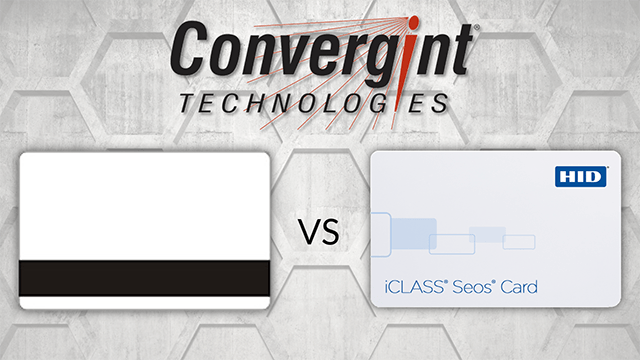Despite the enhanced security that comes from newer options, many organizations are still using credential technology that is outdated and vulnerable.
One vulnerability is cloning or copying 125 kHz Proximity credentials and legacy smart cards – an issue that affects first-generation smart cards and all proximity cards from any vendor.
Convergint paired with HID Global can help companies with vulnerabilities move from antiquated technology to newer solutions. Microprocessor-based credential technologies is one of them.
Microprocessor-Based Credential Technology
There are many benefits to the newer microprocessor-based credential technologies. Unlike legacy credential technologies that are hardwired into a card or fob, microprocessor-based technologies can execute on both traditional form factors or any microprocessor device (smart cards, mobile devices, etc.), expanding functionality and choice.
They also provide a more secure approach to managing multiple applications on a credential, including the ability to support both physical and network access side-by-side.
Seos High Security Access Credentials
Seos® Credential Technology is microprocessor-based. It has advanced encryption and an infrastructure that enables identity data to be securely placed on a variety of form factors, including mobile devices.
Strict adherence to best practices for data protection and widely reviewed open standards ensure excellence in design. Its unique, layered security approach to key management, mutual authentication, and secure messaging ensures a high degree of data privacy and security.
Contact Convergint to learn about how to upgrade to the industry standard for access control credentials.

